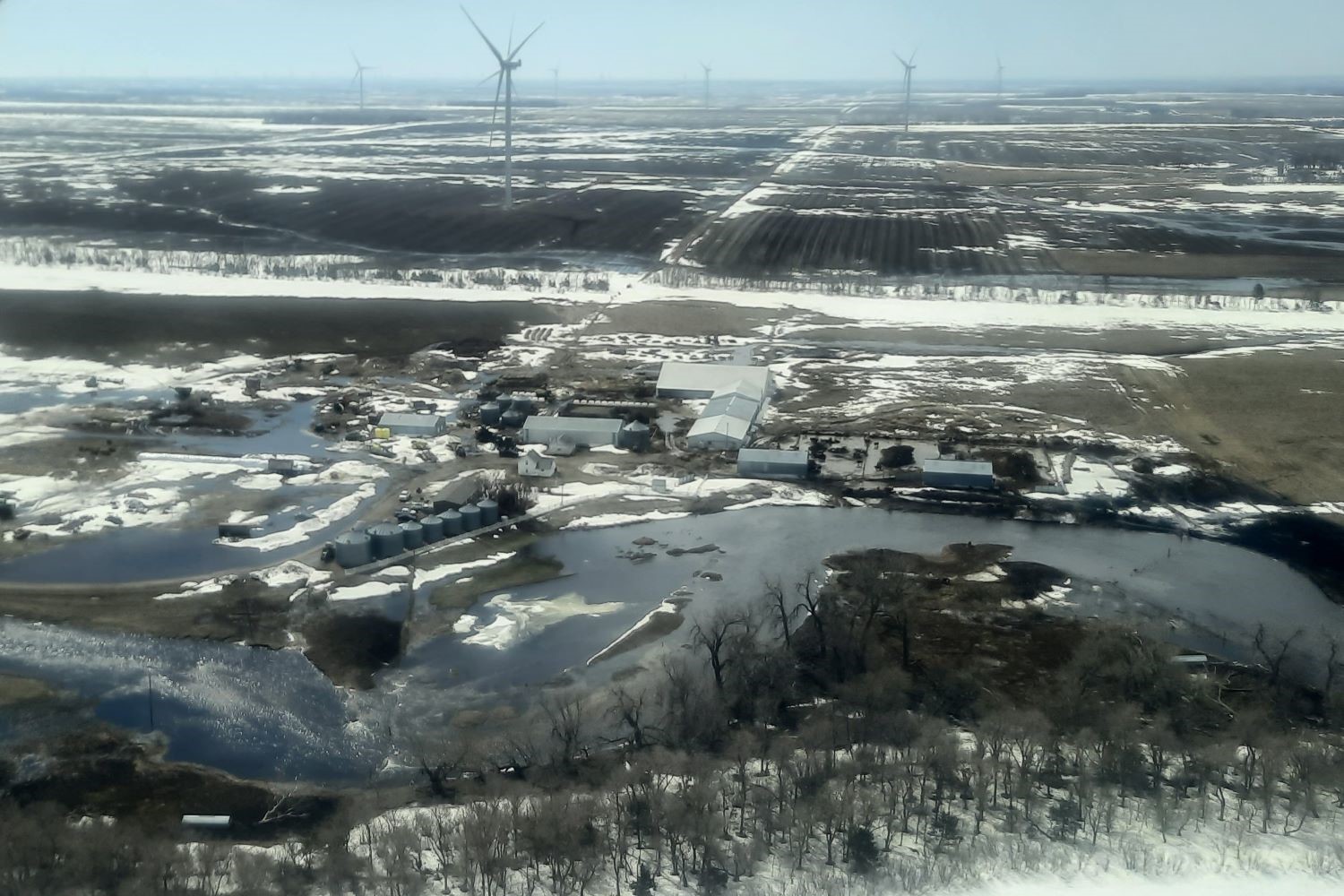
Joshua Haiar/South Dakota Searchlight
SIOUX FALLS — Less precipitation means less pollution is running into the Big Sioux River, according to a 2023 water quality report.
“We had a significantly less amount of rain than 2022, and that has resulted in better numbers,” said Rachel Kloos, with Friends of the Big Sioux River.
The organization shared the report Wednesday with a crowd of about 50 at Augustana University. The Big Sioux River watershed, spanning eastern South Dakota, northwestern Iowa and southwestern Minnesota, drains approximately 5,300 square miles in South Dakota and an additional 3,000 square miles in Minnesota and Iowa. The Big Sioux River is the watershed’s primary watercourse, running from northeastern South Dakota to Sioux City.
The report says May-to-September rainfall in Sioux Falls dropped from 17.47 inches in 2022 to 9.03 inches this year.
“You can see a pretty strong correlation between the amount of rainfall and water quality,” Friends of the Big Sioux River’s Emily Oyos said. “A very direct correlation.”
Otherwise, the results reveal many of the same problems as past years, according to the group’s managing director, Travis Entenman. That means spikes in E. Coli levels after rainfall, dirtier samples toward the river’s southern reaches, and a continued gradual rise in nitrate levels.
To help with the E. Coli problem, the group advocates for the increased use of riparian buffers, which are grassland areas along the river and connected creeks that help filter polluted runoff before it reaches the water.
The report shows the quality of water in the Big Sioux River deteriorates as it flows southward. Monitoring sites at Newton Hills and Akron, Iowa, report higher levels of sediment and nitrates. The variation highlights how upstream activities can impact downstream communities and ecosystems, according to Entenman.
Although nitrate levels — largely attributed to fertilizers — in the Big Sioux River watershed are increasing, they remain within safe limits on average.
